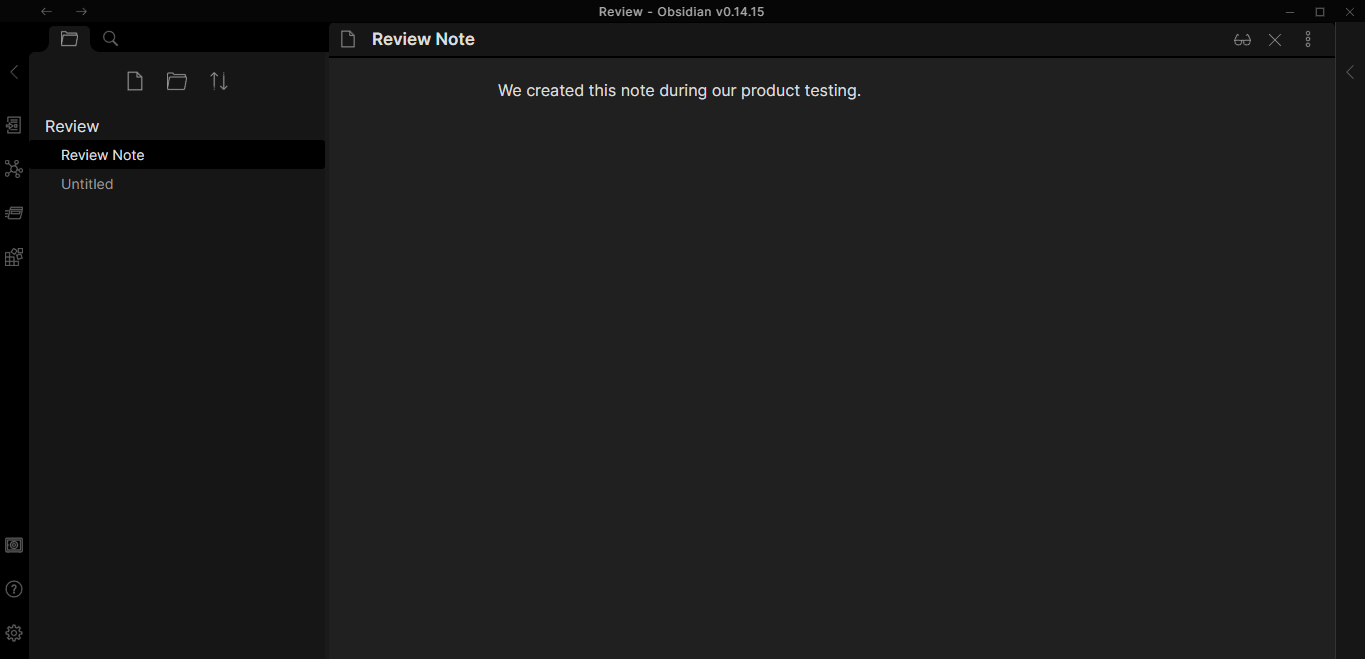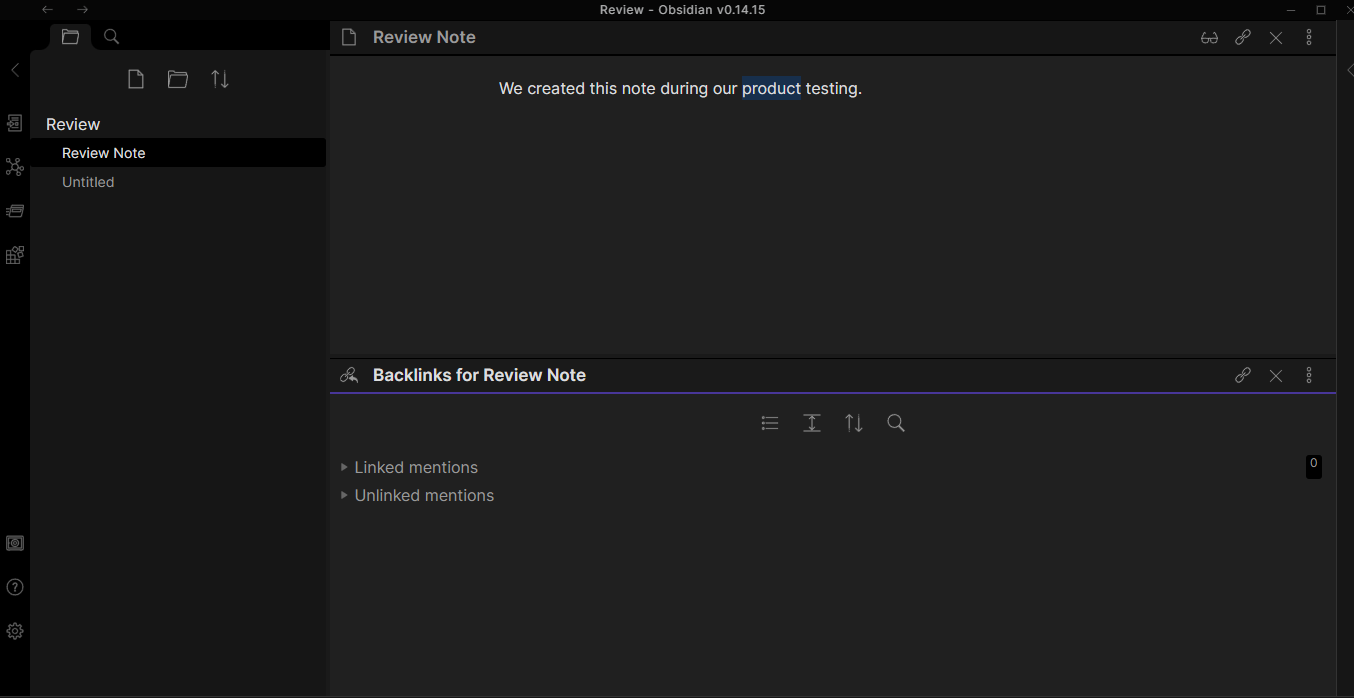TechRadar Verdict
We recommend Obsidian as a note-taking app because of its sophisticated features. It also has a stellar user interface that makes using it enjoyable.
Pros
- +
Comprehensive feature set
- +
Widespread compatibility
- +
Free version available
Cons
- -
Limited free version
- -
No web version
- -
Limited customer support
Why you can trust TechRadar
One of the noteworthy things about Obsidian is that it’s the work of just two developers; Shida Li and Erica Xu. Before founding Obsidian, they worked on Dynalist, a popular online outliner. They met as students at the University of Waterloo in Canada and have collaborated on many side projects.
As the story goes, both developers were on the look for a suitable note-taking app but were dissatisfied with existing solutions. Hence, they sought to build theirs, with three primary considerations; local-first and plain text; links as a first-class citizen; and making it very customizable.
Though Obsidian has only existed for a few years, it has racked up a large user base, a significant percentage of whom commend it for being an effective note-taking tool. We decided to check for ourselves if the app deserved its accolades.

Obsidian: Plans and pricing
A good thing about the Obsidian app is that there’s a free version (called Personal) that anyone can use. You don't even need to sign up or create an account to use the free version. However, it lacks many features that the paid packages have.
There are two paid plans; Catalyst and Commercial. The former requires a one-time payment of $25 and provides early access to insider builds, special badges, and access to an exclusive development channel. The latter is primarily for enterprise use and costs $50 per user per year.
You can also purchase two add-on services for the app; syncing and web publishing. The former costs $8 per month, billed annually, and the latter costs $16 per month per website. Some note-taking apps include syncing in their premium packages and don’t require extra payment, so we consider this characteristic of the Obsidian app as a drawback.
The platform offers a 14-day free trial period for the premium plans. You can also request a full refund within seven days of your purchase.

Obsidian: Features
To use Obsidian, you must download the app on your PC or smartphone. It's available for the Windows, macOS, and Linux desktop operating systems and Android or iOS mobile operating systems. It does not have a web-based interface, which we consider a disadvantage.
On the app, the first feature to notice is creating a vault. A vault is a location on your device where Obsidian will store your notes and all of the app's settings. You can choose a name for your vault and a specific storage section on your device. For example, we stored the vault in the Downloads section of our PC. After creating the vault, you can proceed to start taking notes that’ll be stored in it.
Look for the new note button, click on it, and a fresh page will appear where you can type in your notes. Unlike many note-taking apps, Obsidian supports only plain text, with no formatting options. This attribute is a plus for people who want to keep simple notes but an impediment to people that prefer to format their notes for aesthetic purposes.
Once you’re done typing your note, you can save it immediately on your device and open it at any time to view or edit it. If you pay for the syncing add-on, you can create an account to store your notes online. Hence, you can access these notes on any device by logging in with your account.
If you pay for the publishing add-on, you can publish notes directly from Obsidian to a dedicated website. The note-taking app acts like a blogging platform with this feature.

Obsidian: Interface and use
We found it pretty easy to use Obsidian. The app makes it easy to create notes and access them at any time. It has some noteworthy features that make it aesthetically pleasing. For example, you can use Graph View, which resembles an interactive map.
The only concern we have in this criterion is that there’s no web-based version of the app. Many rival note-taking apps offer web-based interfaces that make them easier to access, but not Obsidian.
Obsidian: Support
Paid users can access direct customer support through email. Otherwise, free users can access the official Discord channel or online forum where users often interact and exchange solutions to their problems.
Obsidian: The competition
Obsidian’s main competitors include Quip, Joplin, and Atom. Its primary advantage over these rivals is its excellent user interface and relative affordability.
Obsidian: Final verdict
The Obsidian app makes note-taking delightful, including for free users. It has a comprehensive feature set that you’ll likely enjoy and a pretty tidy interface that’s easy to navigate. However, we observed a few drawbacks, including limited (email-only) customer support and having no web version.
Stefan has always been a lover of tech. He graduated with an MSc in geological engineering but soon discovered he had a knack for writing instead. So he decided to combine his newfound and life-long passions to become a technology writer. As a freelance content writer, Stefan can break down complex technological topics, making them easily digestible for the lay audience.

